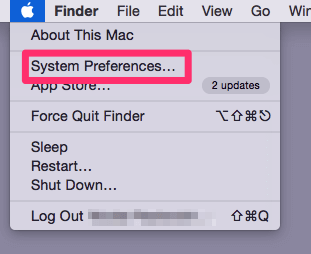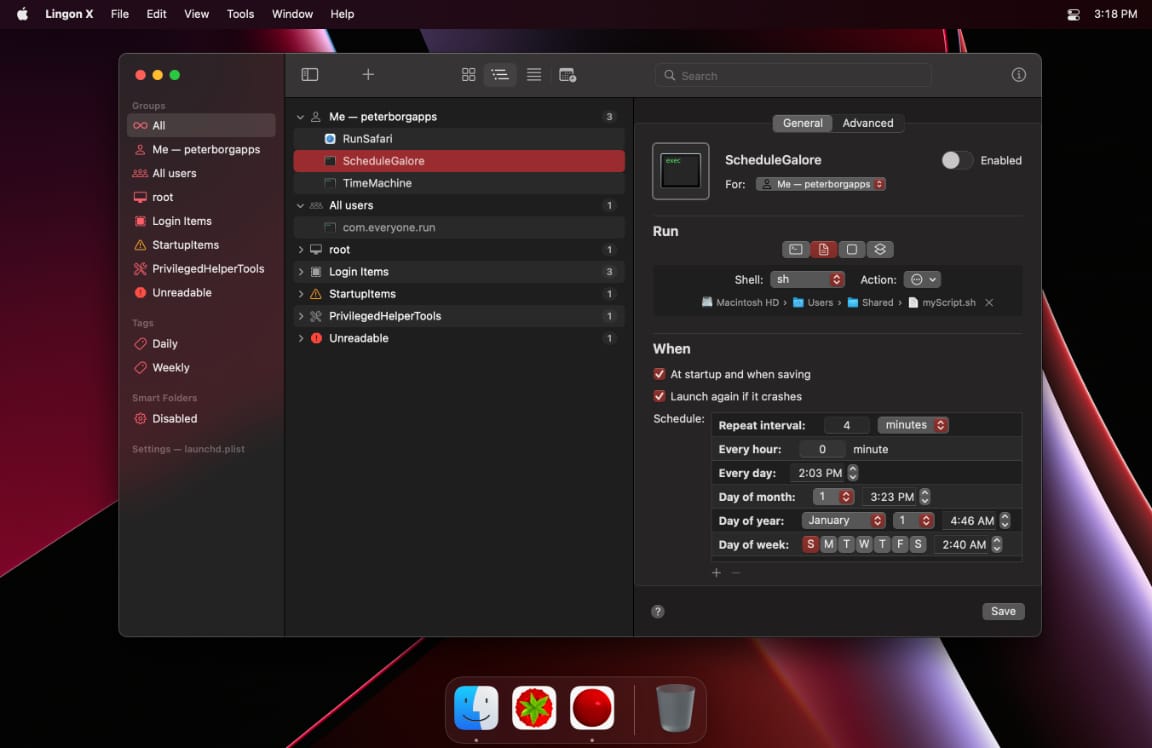How To Remove Auto Opening To Apliction On Your Mac
How to Remove Built-in System Apps. Macs also have no way to uninstall or install operating system features, so there’s no way to easily remove the many applications Apple included with your Mac. On OS X 10.10 Yosemite and earlier, it was possible to open a terminal window and issue commands to delete these system apps.
A buddy of mine recently bought a Mac to use alongside his Windows desktop and after spending a couple of hours with him demonstrating some of the key differences between Windows and Mac OS, it struck me that other Mac newbies may find themselves in the same position.Also see our articleOne of the things he wanted to know was how to stop apps opening on startup on Mac. Startup items are a key part of Windows and one of the main elements of the OS that slows down boot. While his Mac is booting well enough now, that isn’t to say it will still be doing that after a few months use.On a Mac, those startup programs are called Login Items and when the system is bought new, only a few login items are configured. This will soon change as you install new apps and programs. In this, Mac is as bad as Windows, as most software you install will set itself up to boot automatically to make sure it is ready for use.
Uninstalling an app on a Mac is so easy, you might not even realize how to do it: just drag the app’s icon from the Applications folder into the trash. But what about applications that don’t have shortcuts, built-in system apps, and other corner cases?This will cover most situations, but not all of them. This method leaves some junk behind, for example, but it’s mostly okay to leave it there. Some other apps may have different uninstall processes, too. So let’s look at all the different things you need to know when it comes to uninstalling applications. How to Uninstall Most Mac ApplicationsRELATED:Most Mac applications are self-contained items that don’t mess with the rest of your system.


Uninstalling an application is as simple as opening a Finder window, clicking “Applications” in the sidebar, Control-clicking or right-clicking the application’s icon, and selecting “Move to Trash.”You can also drag-and-drop an application’s icon to the trash can icon on your dock. Or, open the Launchpad interface and drag-and-drop an application’s icon to the trash can from there.Most applications will go straight to your trash, and you can then Control-click or right-click the trash can icon on your dock and select “Empty Trash” to get rid of that application and all the other files you’ve deleted.However, some applications will prompt you for a password when you try to move them to the trash. These applications were installed using the Mac package installer. Uninstalling them will remove whatever system-wide changes they made.Note that you can’t remove built-in applications by doing this. For example, try to move the Chess app to the trash and you’ll see a message saying, “Chess can’t be modified or deleted because it’s required by OS X.” How to Remove Left Behind FilesThe above method doesn’t actually erase an application’s preferences. Erase an application and it will leave preference files left over in your Library folders.
Most of the time, these files will use very little space and won’t cause a problem. The preferences will still be available on your Mac, too — this is convenient if you’re uninstalling an app only to replace it with a newer version of the same app, or if you reinstall the app later down the line. It’ll keep all your preferences from when you had it installed before.RELATED:If you absolutely must remove those files (say, if you want to ), you can use a handy app called to fully uninstall an app, along with all its extra files. Just launch AppCleaner, search for an application in its main window, and click on it, then click the “Remove” button in the popup window that appears.How to Uninstall Apps That Don’t Appear in Your Applications FolderBut what about applications that don’t appear here? For example, install the Flash plug-in for Mac OS X, or the Java runtime and browser plug-in for Mac, and neither will appear in your Applications folder.On Windows, that’s no problem — the Control Panel shows a list of all your installed programs, even ones without shortcuts.
How To Remove Auto Opening To Application On Your Mac Download
On a Mac, there’s no interface that lists all your installed software so it’s tough to even notice if you have this stuff installed.Some applications must be removed in other ways, and you’ll generally find instructions by simply performing a web search for “uninstall program name mac”. For example, Adobe offers a separate uninstaller app you need to download and run to.RELATED:Oracle is even worse and doesn’t provide an easy app that will uninstall Java from Mac OS X for you. Instead, Oracle instructs you to run several terminal commands to uninstall Java after installing it. Here’s.Come on, Oracle — at least provide a downloadable uninstaller like Adobe does.Other software applications may provide their own downloadable uninstallers or uninstallation instructions, so perform a web search if you’re not sure how to uninstall something and you’ll find instructions.
How to Uninstall Adware and Other CrapwareRELATED. The same free application download websites that serve this junk up to Windows users are serving similar junk to Mac users.On a Windows PC, most “reputable” adware provides an uninstaller that sits in the Programs and Features list, allowing users to easily uninstall it for legal reasons. On a Mac, adware programs don’t have a similar place to list themselves in. They may want you to download and run an uninstaller app to remove them, if you can even figure out which ones you have installed.We recommend the completely free if you need to. It’ll scan your Mac for junk applications and remove them for you.How to Remove Built-in System AppsMacs also have no way to uninstall or install operating system features, so there’s no way to easily remove the many applications Apple included with your Mac.On OS X 10.10 Yosemite and earlier, it was possible to open a terminal window and issue commands to delete these system apps, which are located in the /Applications folder.
For example, running the following command in a terminal window would delete the built-in Chess app. Be very careful when typing the following command:sudo rm -rf /Applications/Chess.appAs of Mac OS X 10.11 El Capitan, System Integrity Protection protects these applications and other system files from being modified. This prevents you from deleting them, and it also ensures malware can’t modify these applications and infect them.RELATED:If you actually did want to remove any of these built-in apps from your Mac, you’d have to first. We don’t recommend that. However, you can re-enable SIP after and your Mac won’t mind that you’ve deleted Chess.app and other built-in system apps.Really, we recommend you don’t do this.
Mac OS X may automatically reinstall these applications in the future when you update the system, anyway. They don’t take up much space, and Apple provides no way to get them back beyond.Image Credit.